Other Voices: Why modern warehousing needs innovation in battery charging technology
Innovation is tasked with reducing downtime, maintenance, usage cycle and energy costs to achieve lower total cost of ownership.

Editor’s Note: The following column by Matt Bridge, Director of Engineering at AMETEK Prestolite Power, is part of Modern’s Other Voices column. The series features ideas, opinions and insights from end-users, analysts, systems integrators and OEMs. Click here to learn about submitting a column for consideration.
———
It is impressive to consider all of the developments the industrial battery charger industry has seen since 1917. When the industry began 100 years ago, battery chargers basically consisted of a motor that generated an electrical charge. They were all mechanical and very inefficient. While times and technologies have changed, the early adopters of battery charging technology developed the core methods that are still used today.
Significant progress has been made in the last few decades with displays and user interfaces, starting from simple analog meters and mechanical timers to the current variety of menus for precise control, display and reporting. Strong innovation in data storage has been made to make charger and battery history available to browse as needed in order to efficiently manage a fleet. Fleet management software and cloud based software is also vital to maximizing warehouse efficiency as it allows the operators to see the status of which batteries are losing charge. Improved data collection, application of precise controls and high efficiency now serve as the cornerstones for battery charger technology across the industry.
The purpose of a motive battery charger is to charge the battery to keep the material handling equipment moving, maintain the battery to maximize its uptime and lifespan, and interact with battery devices to store battery information to help manage a fleet of batteries.
The three dominant charging termination types include: voltage time, which almost always results in overcharge; DV/DT, that works well until batteries are left at a low state of charge; and target voltage, which must be adjusted with battery temperature and aging. All termination methods are estimates, so strong preventative maintenance is required with current technologies to maximize uptime and battery lifetime.
Common measures include cell balance, volts per cell, electrolyte temperature and electrolyte level. A proposed new measure takes into account the electrolyte’s specific gravity, the ratio of the weight of the battery electrolyte as compared to an equal volume of water. It is the most accurate measure of state of charge.
Using the new specific gravity value and all other common measurements, the envisioned battery management system could actively manage the battery over its entire lifetime. Steps taken in managing a battery include charging using a specific gravity and managing equalization schedules, temperatures and the amount of recharge in opportunity charge applications.
Overcharging both reduces battery life and comes with higher energy costs. Having an accurate measurement of undercharge minimizes sulfation, the damage caused when large crystalline deposits build up inside the battery, reducing battery life, capacity and its ability to accept a charge. An accurate measurement of battery charge will optimize the frequency of charging, minimize costly battery replacements and take manufacturing and warehousing operations to a new level of efficiency.
The goal for advancing battery charging and management innovation is to develop the technology to the point where it is intelligent enough to require little to no supervision.
We need battery management systems that:
- Make them last as long as possible.
- Ensure the most uptime.
- Use the least amount of power.
- Do not require a user to adjust settings throughout the battery’s life.
- Recover a fleet of existing batteries from a mismanaged condition.
- Constantly track battery conditions to make sure the charger terminates on target.
New battery management innovations could increase both uptime and battery life dramatically. Battery management systems with upgraded instrumentation could provide true state of charge for every charge cycle. Ultimately, the goal is less down time, less required maintenance, longer usage cycle and lower energy costs, which results in lower total cost of ownership.
Battery Products and Accessories
 Lithium-ion batteries
Lithium-ion batteries
New lithium-ion batteries lower maintenance costs for forklifts.
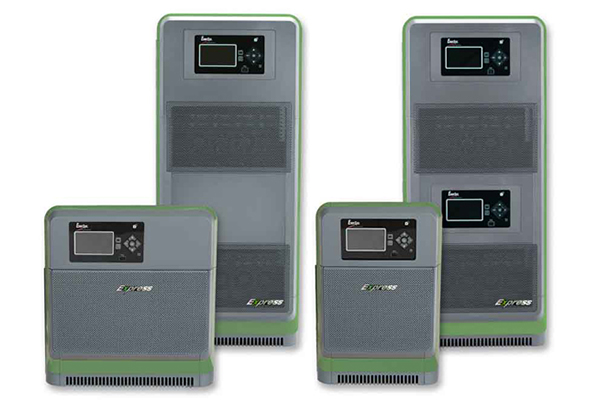 Express battery chargers
Express battery chargers
Modular chargers feature digital control technology.
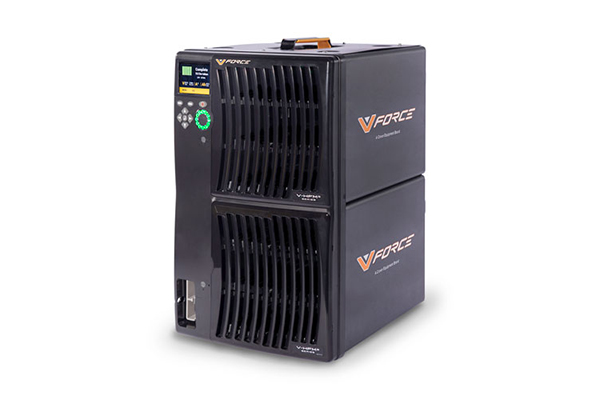 V-HFM3 Series of modular battery chargers
V-HFM3 Series of modular battery chargers
Highly efficient modular battery chargers.
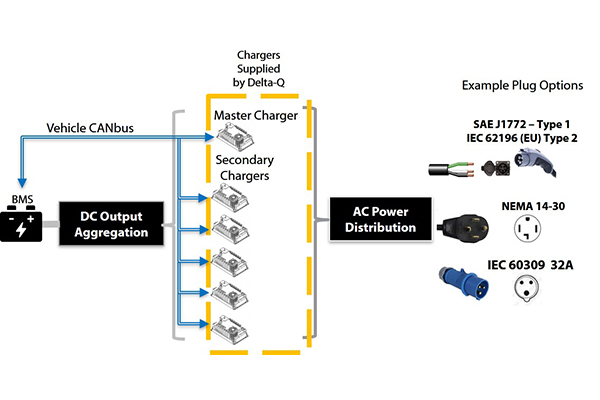 Stackable charging software
Stackable charging software
New stackable charging software designed for OEMs.
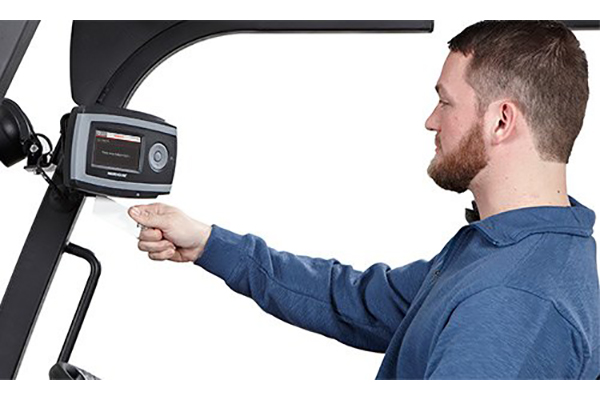 iWarehouse Evolution telematics solution
iWarehouse Evolution telematics solution
Single, scalable telematics solution
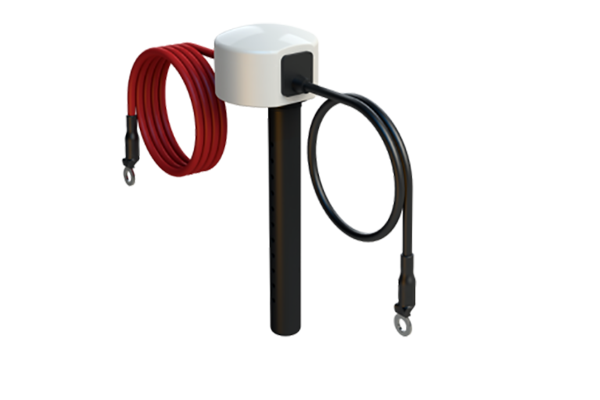 Eagle Eye line of electrolyte monitors
Eagle Eye line of electrolyte monitors
Device monitors, displays battery cell electrolyte status.

Article Topics
Blogs News & Resources
60 Seconds with Bob Trebilcock, outgoing executive editor, Modern Materials Handling Learn from lift truck service history Two voices of reason on pallet materials The reBound Podcast: How Pitney-Bowes is innovating with autonomous vehicles. Packaging Corner: Be open to change 60 Seconds with Robert Martichenko of American Logistics Aid Network The reBound Podcast: Looking for talent in all the right places: How Essendant is revolutionizing recruitment More BlogsLatest in Materials Handling
Registration open for Pack Expo International 2024 Walmart chooses Swisslog AS/RS and software for third milk processing facility NetLogistik partners with Vuzix subsidiary Moviynt to offer mobility solutions for warehouses Materials Handling Robotics: The new world of heterogeneous robotic integration BSLBATT is looking for new distributors and resellers worldwide Lucas Watson appointed CSO for Körber’s Parcel Logistics business in North America Hyster recognizes Dealers of Distinction for 2023 More Materials HandlingSubscribe to Materials Handling Magazine

Find out what the world's most innovative companies are doing to improve productivity in their plants and distribution centers.
Start your FREE subscription today.
April 2024 Modern Materials Handling

Latest Resources










